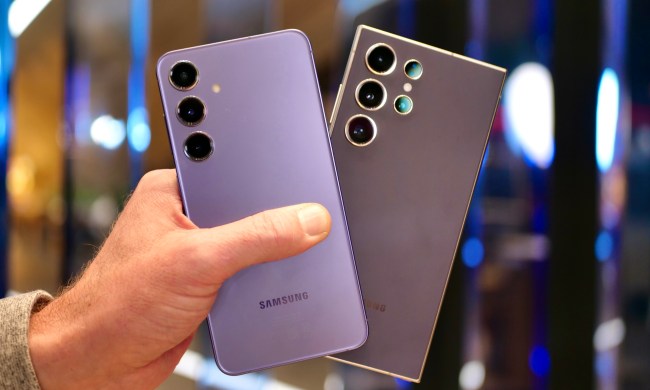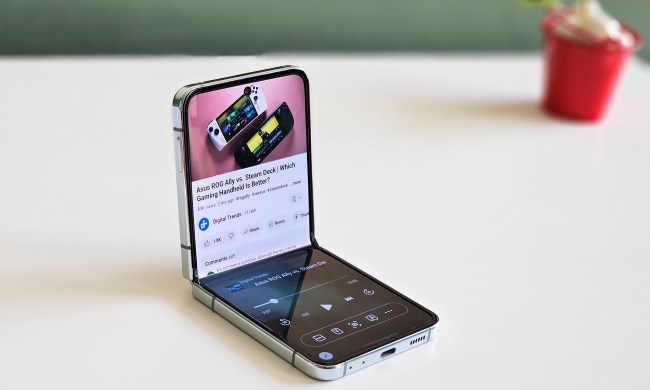It’s a direct follow-up to last year’s Inner Beauty technology, which lets smartphone manufacturers remove the proximity sensor. The technology uses the smartphone’s speaker and microphone, as well as ultrasound, to identify the gesture of moving your phone up to your face. Removal of the sensor means more space inside the device — allowing for different designs like the Xiaomi Mi Mix.
Inner Peace is based off the same technology, and Elliptic Labs is aiming it primarily at Amazon’s Echo and the Google Home ecosystem. The software can be programmed to detect if a home’s occupants aren’t moving, or it can be set up notify users of possible intruders in their home.
What’s key is that smart home devices can switch off when they do not detect someone nearby — potentially saving users some money on energy costs. Inner Peace uses ultrasound to enable a “360-degree dome field of view,” and it has no line-of-sight needs. It works in the dark as well.
The company said it’s working with manufacturers to integrate Inner Peace into products, and we can expect to see the technology in Internet of Things products by 2018. It’s unclear if it requires any hardware to work, but it’s unlikely as Inner Beauty was all software.
The company is demonstrating the technology at Mobile World Congress 2017, and we’ll update this article when we get a closer look.



